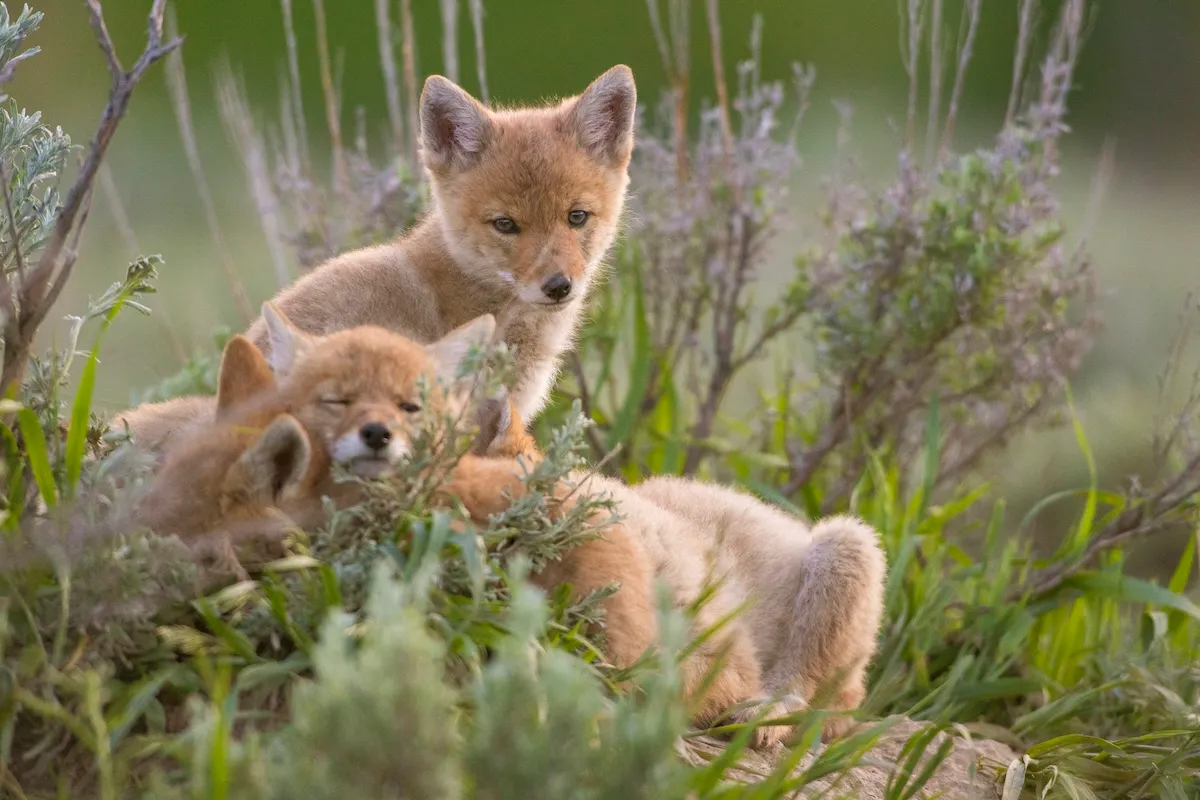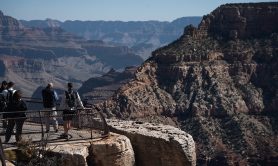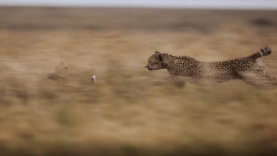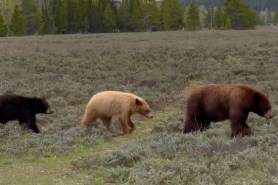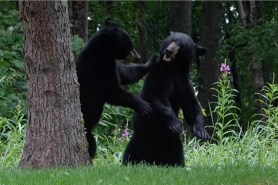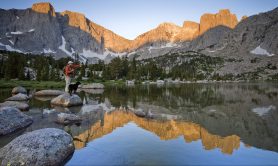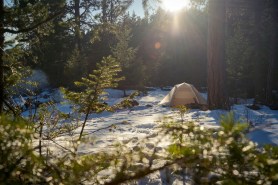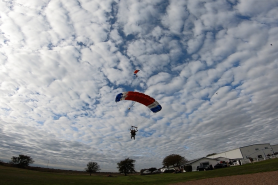

Nearly 30 years ago, Yellowstone National Park took a big step in the restoration effort of gray wolves in the lower 48 states. The animal that once called many places in the U.S. home had been eradicated by hunting and other human involvement. This all changed starting in 1995 as nearly three dozen wolves were slowly introduced into Yellowstone. Since then, the population has grown, and now, multiple wolf packs call the region home.
Videos by Outdoors
Through the controversy and political debates, many people work on the ground to research and protect the wolves. One of those is Taylor Rabe, who is a wolf technician inside the park.
Rabe shared more about her day-to-day and what it’s like working with wolves.
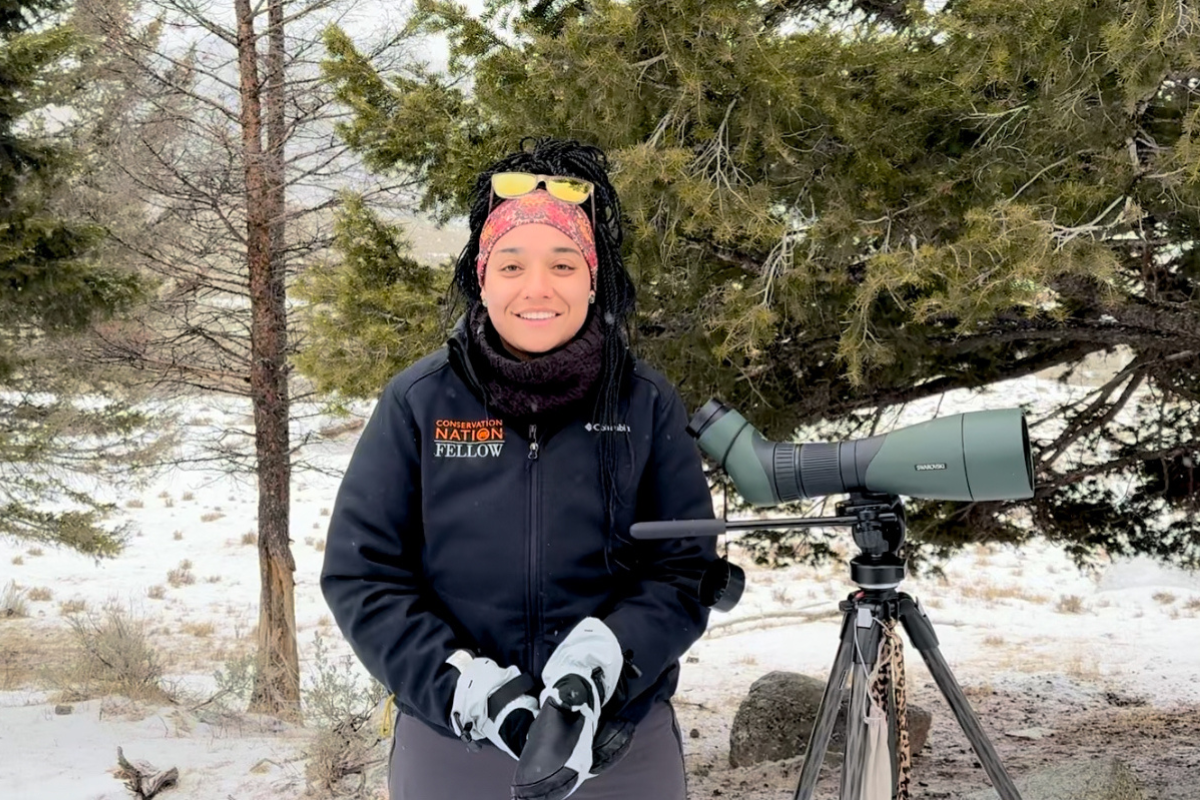
Outdoors.com: Let’s start with what a wolf technician is.
Rabe: I am considered a biological science technician (or wildlife technician) for the Yellowstone Wolf Project. I am someone who is on the ground doing fieldwork in the park, primarily researching gray wolves in a variety of different ways. Researching through round observations, aerial observations (in a small fixed-wing plane), GPS collar data, kill-sites, etc.
Outdoors.com: What is the day-to-day of your work?
Rabe: The time of year dictates what my day-to-day looks like in terms of what time in the morning I am leaving to begin work. In the summer months, I am waking up around 3:30 AM and winter, around 6:00 AM—I am then heading up to the wildlife headquarters in the park—Mammoth Hot Springs.
There, I will get into my work vehicle and begin tracking our different radio-collared wolves. I have a receiver in the car programmed with all of the unique individual wolf collar frequencies, and I drive around and listen for specific individuals. If a collared wolf is in the area, the receiver will begin to beep. I will then get out and look for the specific wolf/pack that they are associated with.
I do a lot of education, which is arguably the most important part of my job. I show hundreds of people wild wolves through my spotting scope. I do a lot of management of both people and wolves. So I will make sure people are maintaining appropriate distances from wolves, make sure no one is walking out to active carcasses, and I will also help to make sure the wolves maintain their natural fear of people – so implementing hazing techniques when necessary (honking horn, yelling/clapping/shooting with paintballs).
There are days I will hike out to carcasses and do necropsies on them. This is important for us to do because it helps us see what the wolves are selecting for in terms of prey, the condition of the prey they’re taking, as well as the general age of the prey.
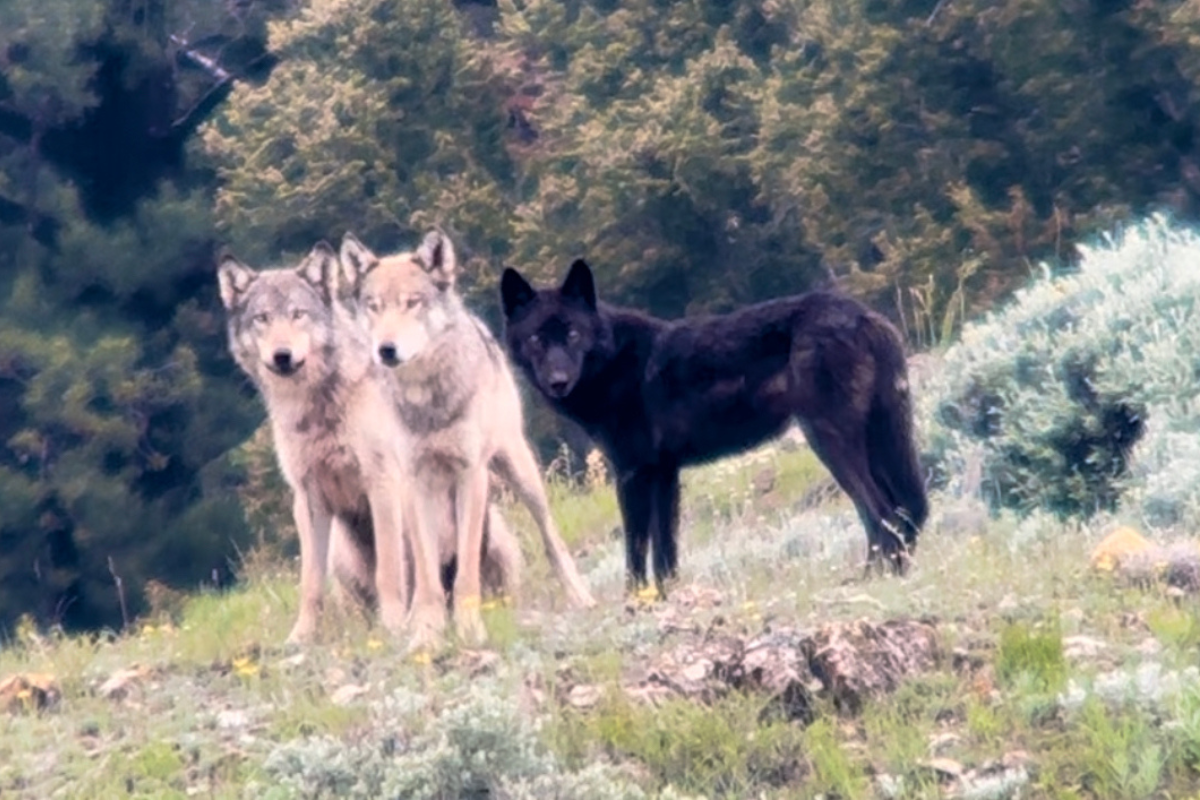
Outdoors.com: How did you get into this line of work?
Rabe: I have a zoology degree from The Ohio State University. Everyone who works on the project has some type of biological science degree. I worked as a naturalist for Yellowstone Wolf Tracker while simultaneously volunteering for the wolf project to learn everything I needed to know to be successful in the job.
After about three years of volunteering, I was hired on as a full-time technician for the project and have been researching and observing the wolves in some capacity for the last five years.
Outdoors.com: What was a memorable highlight of doing your job?
Rabe: The best and most memorable part of my job is getting to show someone a wild wolf for the very first time. I had a woman in her late 80s who saved all of her money for a “once in a lifetime trip” to Yellowstone from Europe. Her entire trip was dedicated to seeing wolves in the wild. On her very last day, there was a torrential downpour in the park, and she hadn’t seen a wolf yet. I was able to spot a lone black wolf wandering through the rain in Lamar Valley and got to share the moment of her seeing her very first wild wolf. She cried, laughed, and hugged me. That was one of the best days I’ve had in the field, and just reminded me why the job I do is so important.

Outdoors.com: What’s the most difficult part of your work focusing on wolves?
Rabe: I think working with Yellowstone wolves is so unique because we have the opportunity to view our research animals so frequently. I think one of the hardest things about working with such a polarizing and controversial species, one that I watch everyday, is getting to grow so fond over certain individual wolves, and then losing them – whether naturally, or to hunting. It never gets any easier. You watch them so often that you get to know their personalities and charismatic behaviors, so it makes losing them tough.
Outdoors.com: What should people know about wolves that most people don’t?
Rabe: Wolves are cooperative breeders. So, the whole pack takes care of one another. So you will often have brothers/sisters/dad/aunts/uncles taking care of the new pups born every year. Wolves are also not always “monogamous” like most people think. That’s like saying all people are monogamous. I have seen many wolves breed with multiple partners in a single breeding season.
Another thing that people are always shocked about is their lifespan. Wolves typically only live to be about 3.6 years old (in Yellowstone National Park), where they are protected, and only about 1.5 years old outside of the park, so they really do have short lifespans. Wolves are also only successful at making a kill during a hunt about 15% of the time, they are very poor hunters.
Outdoors.com: What would you say to someone nervous about hiking or visiting a national park with wolves?
Rabe: Wolves are extremely timid and cautious around people. They are scared of humans and don’t want anything to do with us. Most of the time, wolves will be long gone before you ever even know they’re there, or encounter them in the backcountry. Being afraid of them is almost always unwarranted.
In the 5.5 years I’ve been working in Yellowstone, I’ve only ever encountered a wolf in the backcountry off the road corridor once, and it immediately ran away. If, for some reason you do run into a curious wolf who is checking you out or interested, often just yelling, clapping, or waving your hands above your head will be enough to scare it off.
Yellowstone is so incredible because it is the most reliable place in the entire world to see wild wolves, so if you have the opportunity to view them ethically, I highly recommend it. It’s awesome to see them behaving naturally on the landscape.

